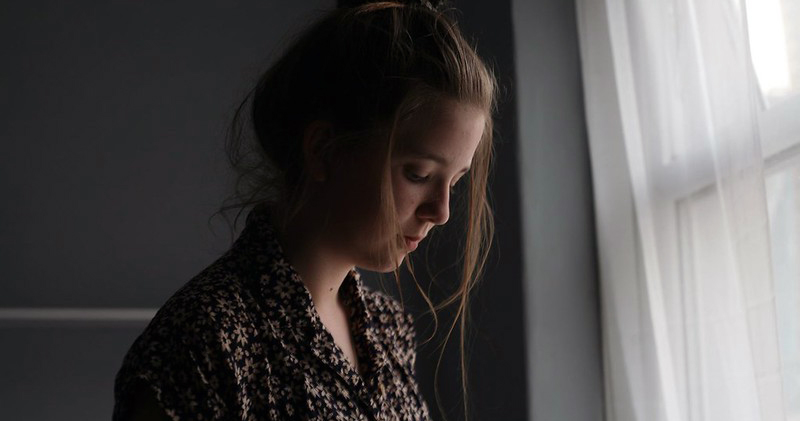Intervention proposal

“All the information contained in this section is for guidance only. Psious environments are therapy supporting tools that must be used by the healthcare professional within an evaluation and intervention process designed according to the characteristics and needs of the user.
Also remember that you have the General Clinical Guide in which you have more information on how to adapt psychological intervention techniques (exposure, systematic desensitization, cognitive restructuring, chip economy…) to Psious environments.”
In the following lines, a treatment protocol using Psious virtual environments is offered as an example.
However, it is noteworthy that this tool should accommodate the cognitive behavioural therapeutic framework used by the healthcare professional, and combine it with techniques such as cognitive restructuring, training in problem solving and worry exposure. It must adapt to the needs and particularities of the patient. On the other hand, for training in relaxation techniques, Psious has specific environments that will facilitate their learning.
The suggested protocol is an adaptation of the intervention protocol of Brown, O’Leary and Barlow (2001) for GAD. Our proposal has a total of ten sessions instead of the 13 of the original, as VR facilitates the therapeutic process compared to the imagination (Both in the exposure and learning relaxation techniques), so the treatment’s duration is reduced.
Treatment session description
SESSION 1 PSYCHOEDUCATION
- Information relating to GAD is given ( origin, maintenance and demonstration in the triple system: cognitive, physiological and conductual).
- The role and origin of anxiety and worries are explained.
- General information about treatment (for example importance of self-Assessment and homework).
- Treatment techniques to be used are explained (emphasizing exposure by Virtual Reality).
HOMEWORK
The patient must perform a self-assessment of daily levels of worry and mood using the self-records provided (Annexes 5.1).
SESSION 2 INTRODUCTION TO RELAXATION
- Discuss self-reports with the patient, as well as what was commented about anxiety on the first session.
- Physiological aspects of anxiety and GAD’s maintenance factors are explained.
- Familiarization with Psious platform.
HOMEWORK
Self-Assessment daily levels of worrying and mood through self-reports provided (Annexes 5.1.).
SESSION 3 RELAXATION
- Discuss self-reports with the patient, possible questions are resolved.
- The patient learns and practises two types of relaxation techniques: diaphragmatic breathing and progressive muscle relaxation. (to do this, specific relaxation environments can be used for the training with the available audio).
HOMEWORK
- Daily practise of relaxation techniques and self-reports (Annexes 5.1 and 5.4).
SESSION 4 INTRODUCTION TO THE COGNITION’S ROLE
- Discuss self-reports with the patient, possible questions are resolved.
- Introduction to cognition’s role in persistent anxiety (for example, automatic thoughts) and cognitive distortions.
- Explain how to use cognitive self- assessment form (annexes 5.2).
- It starts to work on automatic thoughts using a VR set in the home environment and go writing down these thoughts.
- Practise of relaxation techniques in a relaxation environment with the available audio.
HOMEWORK
Daily practise of relaxation techniques and self-reports (Annexes 5.1, 5.2. and 5.4).
SESSION 5 EXPLORATION OF THE COGNITIVE DISTORTIONS
- Discuss self-reports with the patient, possible questions are resolved.
- Cognitive distortions in GAD are discussed and strategies to counter them are offered (alternative thinkings).
- Overestimation of probabilities is explained.
- Explain what catastrophizing is.
- Exposure to the house scene playing the indicated debate on TV ( depending on the characteristics of the patient).
- During the exposure, the patient must verbalize his or her thoughts aloud, so it would be possible to explore these distortions.
- Practise relaxation techniques in a relaxation environment with the available audio.
HOMEWORK
Daily practise of relaxation techniques and self-reports (Annexes 5.1, 5.2. and 5.4).
SESSION 6 INTRODUCTION TO WORRY EXPOSURE
- Discuss self-reports with the patient, possible questions are resolved.
- It is explained what worry exposure is and a hierarchy of exposure is done.
- Gradual and systematic worry exposure begins in virtual environments. Throughout all sessions of exposure, Virtual Reality is combined with techniques such as diaphragmatic breathing and progressive muscle relaxation when the therapist deems it necessary.
- Practise relaxation techniques in a relaxation environment with the available audio.
HOMEWORK
Daily practise of relaxation techniques, self-reports and daily worry exposure (Annexes 5.1, 5.2, 5.3 and 5.4).
SESSION 7 VR EXPOSURE
- Discuss self-reports with the patient, possible questions are resolved.
- Worry exposure on the house environments playing the audio.
- Practise relaxation techniques in a relaxation environment with no audio.
HOMEWORK
Daily practise of relaxation techniques, self-reports and daily worry exposure (Annexes 5.1, 5.2, 5. 3 and 5.4).
SESSION 8 RELAXATION AND WORRYING PREVENTION
- Discuss self-reports with the patient, possible questions are resolved.
- It is explained what it is the prevention of worrying conducts. A list of worries with strategies to prevent them is elaborated.
- Exposure to the VR environment of the house or the subway. The patient must propose strategies to prevent the worries in situ.
- Practise relaxation techniques in a relaxation environment with no audio.
HOMEWORK
Daily practise of relaxation techniques, self – reports and daily worry exposure ( Annexes 5.1, 5.2, 5.3 and 5.4) and the prevention of worrying conducts must be applied.
SESSION 9 TIME MANAGEMENT AND PROBLEM SOLVING
- Discuss self-reports with the patient, possible questions are resolved.
- Time management and problem solving are discussed.
- Exposure to the subway virtual environment to implement what has been said in the previous point.
- Practise relaxation techniques in the same exposure environment.
HOMEWORK
Daily practise of relaxation techniques, self – reports and daily worry exposure ( Annexes 5.1, 5.2, 5.3 and 5.4) and the prevention of worrying conducts must be applied.
SESSION 10 REVISION OF SKILLS AND TECHNIQUES
- Discuss the last session and self-reports with the patient, possible questions are resolved.
- Skills and learned techniques during the treatment are discussed.
- The therapeutic process is evaluated. Future tasks of self-exposure and reinforcement sessions are scheduled.